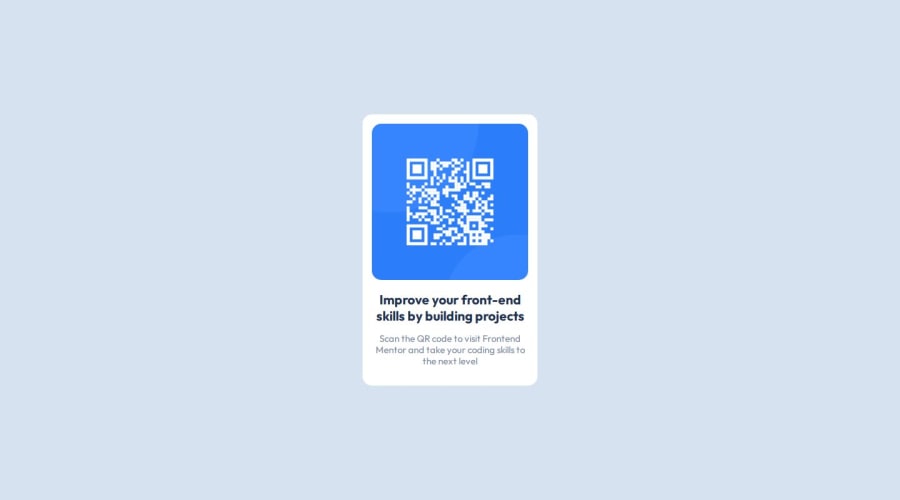
Design comparison
SolutionDesign
Solution retrospective
What was difficult for you while building the project? I found it difficult to center my card What areas of your code are you unsure about? I'm not sure if I'm doing it right since I don't know good practices in CSS and Html and responsive development. Do you have any questions about best practices? Where can I find information and exercises about good practices and responsive development?
Community feedback
Please log in to post a comment
Log in with GitHubJoin our Discord community
Join thousands of Frontend Mentor community members taking the challenges, sharing resources, helping each other, and chatting about all things front-end!
Join our Discord
